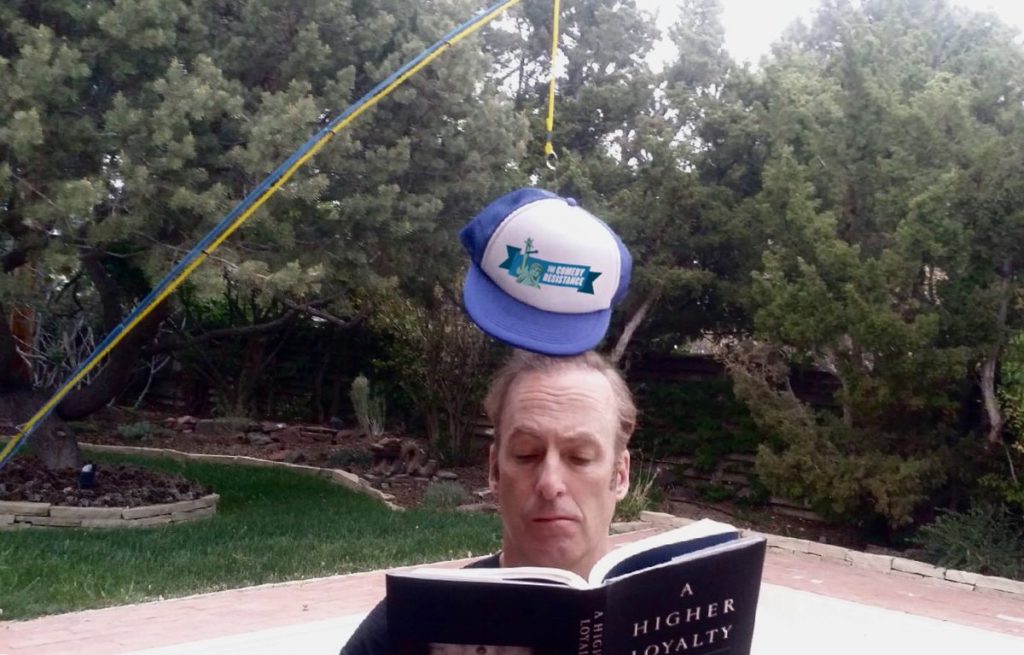Todays world is full of an unprecedented number of distractions and anxieties. The cities we work in are denser than ever. Our workplaces move at a faster pace than before. The devices we own and use for work and leisure are always awake and always hungry for more of our attention and time…reports Asian Lite News

Is it any surprise then, that our stress levels are rising and are expected to rise in the near future? Not really, just as it is no surprise that we are increasingly more anxious. Sleep quality has gone down in the past few decades. And our subjective enjoyment of the little pleasures of our day, be it a beautiful sunrise or the simple gratification of a good meal, seems to have evaporated, little by little, without us noticing.
While we know that our minds are constantly rushed, and that this push and pull is not very conducive to a healthy life, it might seem like the problem is too difficult and intractable to solve. Not so. Mindfulness is what we should look to for permanent, holistic solutions to our modern malady. Mindfulness is an old technique, developed by the Buddha in the 6th century BCE. But it is not for just the spiritual or the ascetic among us. Everyone can adopt and benefit from it.
Before describing the technique and its benefits, one must understand what mindfulness really is. Mindfulness is the process of bringing our attention to what we are experiencing in the current moment. This definition may seem banal when read for the first time. But when we stop to think about the moment-to-moment turmoil of the mind, the utter uproar we experience within our minds every second, we realise that the practice can bring about a powerful change in our daily experiences. To focus on the current moment, to stay attentive in the present, means that instead of thinking about the problems of the future or the disappointments of the past we stay calm and responsive to the current moment.
All of this — the calm responsiveness, the stress-reduction — sounds quite attractive, doesn’t it? You would be quite right to wonder if the technique is very difficult to learn or to practice. But as it happens, the trick to beginning with mindfulness is to start slow. One way to learn to centre yourself in the present is to begin observing your breath.
Nothing complicated, just observe the inhale and exhale of the breath. The mind will always try to escape the confines of the present. It will get bored or agitated and move away from the breath. But all one has to do, when the mind moves away, is to bring it back to observing the inhalation and exhalation of the breath. Start with only five minutes of this practice. Mindfulness during the day will come much easier to you once you have established a routine that includes a few minute sessions. A work day brings several recesses where a small session can be fitted in. After lunch, perhaps. Or in the evening. And the amount of time spent focusing on the breath can be increased as one becomes more fluent with the practice.
Once begun, the practice of mindfulness brings several benefits. Being really present is a great one, but there are many others. Several recent studies have found significant stress reduction among the practitioners of mindfulness. They also sleep better. And better sleep has long been correlated with longer and healthier lives. The practice has even been shown to help in weight-loss and long-term weight maintenance. It does not seem like an exaggeration to say that a distracted world could benefit greatly from practicing this wonderful technique.








